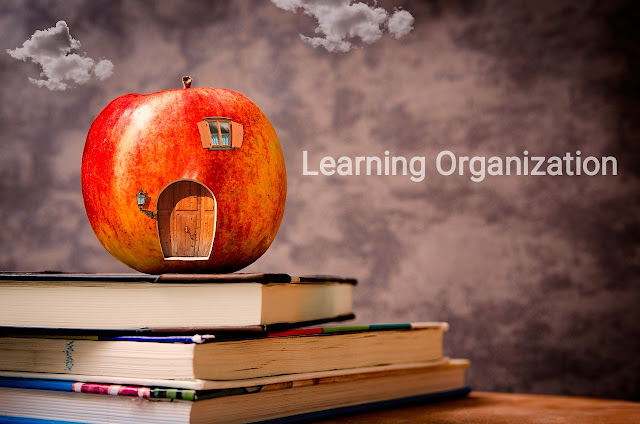Concept of Learning Organization
What is Learning Organization ?
A learning organization is a company or organization that actively seeks out new knowledge and information in order to continuously improve its performance and adapt to changing circumstances. This type of organization is characterized by a culture of ongoing learning, experimentation, and innovation.
In a learning organization, employees at all levels are encouraged to take risks, experiment with new ideas, and continuously improve their skills. This can involve formal training programs, but it also includes informal learning through collaboration, mentoring, and on-the-job experience.
Learning organizations also tend to have a flat, decentralized structure, with decision-making power distributed throughout the organization. This allows for more flexibility and responsiveness, as well as a better ability to respond to new challenges and opportunities.
Effective communication is also an important feature of a learning organization. This can include formal communication channels like meetings and reports, but also informal networks that allow employees to share information and ideas.
In summary, learning organizations are characterized by a culture of continuous learning, experimentation, and innovation, with an emphasis on employee empowerment, effective communication, and a flat, decentralized structure.
Characteristics of Learning Organization
The characteristics of a learning organization include:
🔹Continuous learning: A focus on ongoing learning and development, both for individuals and the organization as a whole.
🔹Experimentation and innovation: A willingness to try new things and take risks in order to improve performance and adapt to changing circumstances.
🔹Employee empowerment: Employees are encouraged to take ownership of their learning and development, and to contribute their skills and ideas to the organization.
🔹Effective communication: Clear and open communication channels that allow for the sharing of information and ideas throughout the organization.
🔹Flat, decentralized structure: Decision-making power is distributed throughout the organization, rather than being centralized in a few individuals or groups.
🔹Systematic approach: Learning organizations have a systematic approach to learning and development, including identifying learning needs, setting learning goals, and evaluating the effectiveness of learning initiatives.
🔹Reflective practice: Encouraging individuals and teams to reflect on their experiences in order to learn from them.
🔹Collaboration and networks: A culture of collaboration and the creation of networks within and outside of the organization to share knowledge and resources.
In conclusion, a learning organization is one that actively seeks out new knowledge and information in order to continuously improve its performance and adapt to changing circumstances. It is characterized by a culture of ongoing learning, experimentation, and innovation, as well as employee empowerment, effective communication, and a flat, decentralized structure. Additionally, it has a systematic approach to learning and development, encourages reflective practice and collaboration. These characteristics help the organization to become more agile, innovative and adaptable to the changing environment.








0 Comments